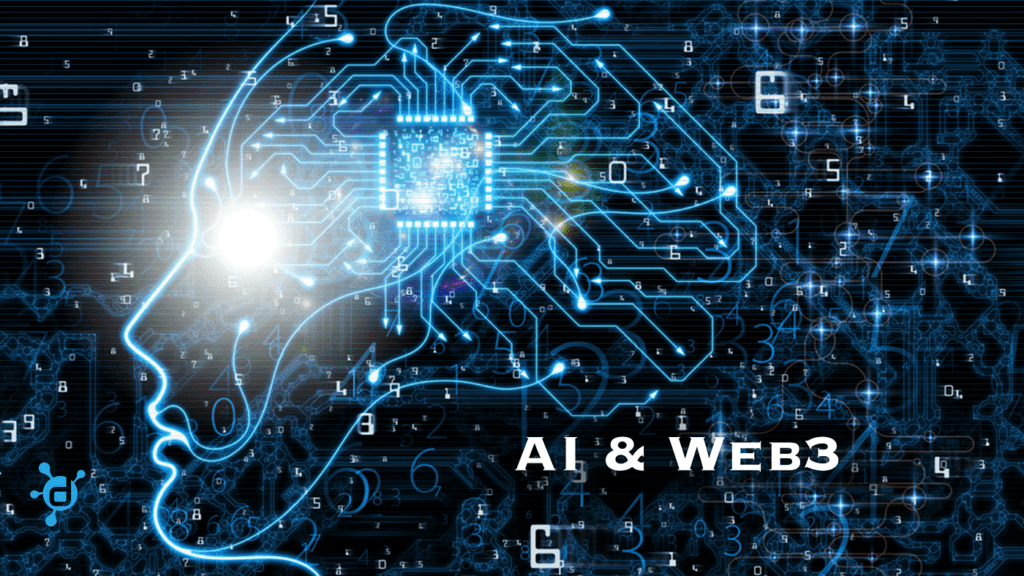

Introduction: NFTs Meet Artificial Intelligence
NFTs (non-fungible tokens) are shaking up industries, from digital art to gaming. These unique, blockchain-backed assets have created opportunities for creators, investors, and collectors alike. But as the NFT ecosystem grows, challenges like fraudulent listings, pricing confusion, and user engagement emerge. Enter Artificial Intelligence (AI), a transformative tool enhancing NFT marketplaces with smarter, faster, and more secure solutions.
In this article, we’ll explore how AI is reshaping NFT platforms through personalized recommendations, fraud detection, and valuation features.
1. AI for Personalized Recommendations
Finding the perfect NFT in a marketplace flooded with options can be overwhelming. AI steps in as a digital concierge, making the user experience seamless and engaging.
- Tailored Suggestions: AI analyzes browsing history, favorite artists, and past purchases to recommend NFTs that match individual preferences. This makes discovering new art or collectibles feel effortless.
- Predicting Trends: Machine learning models track user behavior and market trends, ensuring collectors get ahead of the curve with hot new projects.
- Dynamic Curated Feeds: Instead of scrolling endlessly, users see collections curated just for them, boosting both sales and satisfaction.
2. Fraud Detection and Security
The NFT boom has also attracted bad actors, from counterfeit artworks to wallet hacking attempts. AI offers robust solutions to these problems:
- Spotting Fakes: AI can analyze an NFT’s metadata and compare it with its claimed origin to identify discrepancies. It also uses image recognition to detect replicas or stolen works.
- Transaction Monitoring: Machine learning algorithms flag suspicious patterns, such as multiple low-value transactions or sudden price spikes, helping marketplaces take preventive action.
- Ensuring Creator Authenticity: Blockchain alone can’t verify the person behind the art. AI verifies an artist’s digital footprint and style consistency, ensuring buyers aren’t duped.
3. Accurate Valuation of NFTs
Pricing NFTs is notoriously tricky. Factors like rarity, creator reputation, and market demand play a role, but they’re subjective and ever-changing. AI brings much-needed objectivity to the process.
- Dynamic Pricing Models: AI evaluates an NFT’s attributes, sales history, and current market conditions to recommend fair pricing.
- Predicting Future Value: By analyzing past trends, AI estimates how an NFT’s value may change over time, empowering buyers and sellers with data-driven insights.
- Market Comparisons: AI tools scan similar NFTs to help users understand where their asset stands in the broader market.
4. Enhancing User Engagement
AI doesn’t stop at recommendations and fraud prevention; it also makes NFT marketplaces more interactive and fun.
- Chatbots for Support: AI-powered chatbots answer questions, guide users through transactions, and even help onboard NFT newbies.
- Gamification: AI creates interactive experiences, like quizzes or challenges, to keep users engaged while showcasing relevant NFTs.
- AI Art Generators: Some platforms now allow users to create NFTs directly using AI tools, blending creativity with technology.
5. Case Studies: AI in Action
Several NFT marketplaces are already leveraging AI to transform user experiences:
- OpenSea: The largest NFT marketplace integrates AI tools to flag fraudulent activities and offer data insights for traders.
- Rarible: AI-powered features include personalized collections and automated royalty tracking for creators.
- SuperRare: Uses AI to verify artist authenticity and maintain its reputation as a platform for high-quality digital art.
These examples show how AI isn’t just a “nice-to-have” but a necessity for competitive marketplaces.
Conclusion: AI + NFTs = The Future
AI-driven NFT marketplaces are revolutionizing the way we buy, sell, and interact with digital assets. From personalized recommendations to fraud prevention and accurate valuations, AI is solving major challenges while enhancing user experiences. As these technologies evolve, we can expect NFT platforms to become smarter, safer, and more enjoyable for everyone.
The fusion of AI and NFTs is just beginning, and the possibilities are endless. Whether you’re an artist, a collector, or a curious newcomer, AI is shaping the future of NFTs in exciting ways.
FAQs
1. How does AI help in detecting fake NFTs?
AI uses tools like image recognition, metadata analysis, and blockchain tracking to identify discrepancies in NFT marketplace origins. These tools can detect counterfeit artworks and ensure the authenticity of listed items.
2. Can AI predict the value of NFTs accurately?
While no system is perfect, AI evaluates factors like market demand, rarity, and historical trends to provide a data-driven estimate of an NFT’s value. This helps users make informed decisions.
3. Are there AI tools for creators in NFT marketplaces?
Yes! Many NFT marketplaces now include AI-powered art generators, royalty tracking systems, and audience analytics tools to support NFT creators and enhance their reach.












